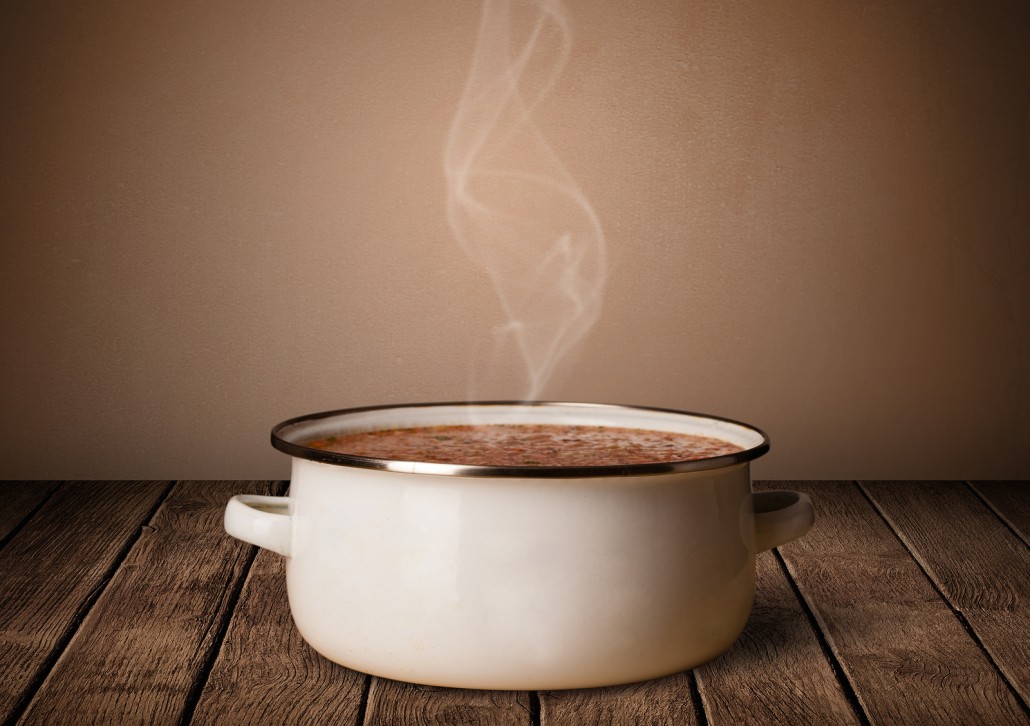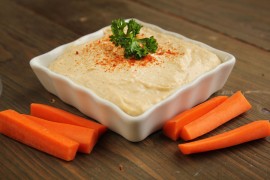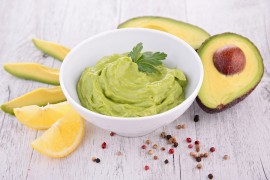
Potassium broth is a feature of many health and healing regimes. It’s cheap and easy to make, and the following benefits make it a great health tonic to have on hand, especially as the days get colder and the nights longer:
- It’s alkalising
- It’s mineralising
- It helps flush toxins from your system
- It helps regulate blood pressure
- It supports and nourishes the kidneys and adrenals
- It’s a great source of hydration, including for the skin
- It contains nutrients which boost immunity
A typical potassium broth recipe might tell you to simmer potato peelings, celery, onions and parsley for a couple of hours then drink the liquid.
The resulting brew is perfectly pleasant, but gourmet it ain’t.
However, you can posh it up and really take it to another league altogether by adding any combination of sun-dried tomatoes, garlic, dried mushrooms and kombu seaweed.
To the raw purists reading this, you’re absolutely right: no broth is as nutrient-rich as freshly extracted juice.
And that’s why I’m not telling you about this as a substitute for juicing, dear reader, but as a supplement to whatever you’re already doing.
It’s just so cheap, quick and easy to brew up a big pot of potassium broth and then you’ll have a supply on hand that will last up to four days if stored correctly.
Here’s how:
Suggested ingredients (all organic, ideally)
- Celery, roughly chopped
- Potato peelings
- Onions, roughly chopped
- Parsley
- Garlic
- Tomatoes (fresh and/or sun-dried)
- Dried mushrooms (porcini, shiitake or any other edible variety)
- Kombu seaweed (or any other variety you have to hand)
The celery, parsley and onions are important – beyond that, just use whatever veggies, herbs and seaweeds you fancy.
The quantities are not important – that’s up to you too.
I’d just advise saving yourself time by making the largest quantity you can – that being dictated by how much you’ll consume (as it’s best used within four days) and the size of your largest pan.
Another tip: be generous with the fresh veggies, but put in just a handful each of the dried ones, if using: a little goes a long way with those.
Just chuck it all in your “cauldron” and pour over water to (almost) fill. Aim for a ratio of around one part veg to four parts water.
Bring to the boil then simmer for at least an hour – longer if desired – then allow it to cool before straining off the liquid.
I advise keeping it in glass jars in the fridge, like these Kilner jars.
Stored in airtight containers it will keep for three to four days.
Update: for my in-depth article on why potassium is so important, why so few of us get enough of it, and how you can make sure you do, go here.




